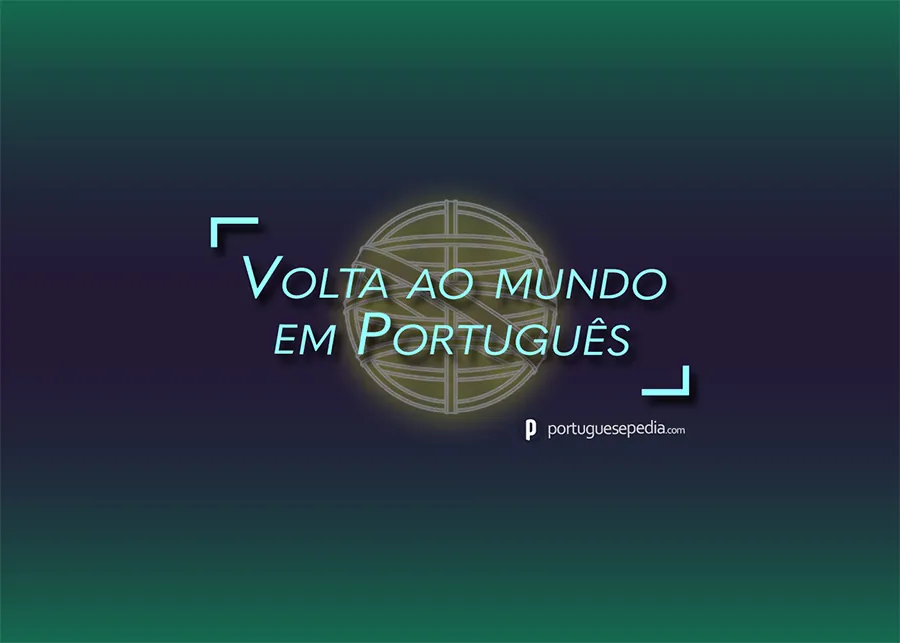
Portuguese Speaking Countries around the World
With over 220 million native speakers, Portuguese ranks as the sixth most spoken language in the world. If we add up those speaking it as a second language (L2), we reach a figure of roughly 270 million speakers.
So, where in the world is Portuguese spoken?
Portuguese is an official language in nine countries across four continents. It is the sole official language in Angola, Brazil, Cape Verde, Guinea Bissau, Mozambique, Portugal, and S. Tomé e Príncipe.
Additionally, it is a co-official language in Equatorial Guinea and East Timor, as well as in the autonomous region of Macau in China. There are even several Portuguese-speaking communities scattered around the world where Portuguese is spoken in daily life.
Let’s look into these figures in greater detail on a country basis.
*By Portuguese-speaking countries I mean those countries in which Portuguese is, at least, one of the official languages. That fact alone, however, doesn’t necessarily mean that the language is widely spoken by the population.
All stats below were taken from the World Bank, Encyclopedia Britannica, The World Factbook, and Wikipedia as of 2021.
Angola
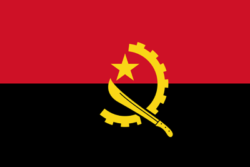
| Population (World Bank – 2019) | Portuguese language status | Mother tongue of the majority? |
| 31.3 m | Official | Yes |
The use of Portuguese in Angola, previously the Kingdom of Kongo, goes back hundreds of years to the late fifteenth century when Portuguese explorers arrived in the region.
The Portuguese language is widely spoken in Luanda and in most regions of the country. Indigenous languages are nonetheless used in daily life in a few rural areas.
The most widely spoken native languages are Umbundu, Kimbundu, and Kikongo.
Brazil
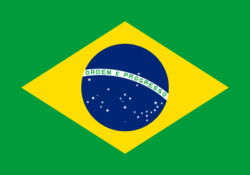
| Population (World Bank – 2019) | Portuguese language status | Majority’s mother tongue |
| 211.0 m | Official | Yes |
Brazil is, by far, the largest Portuguese-speaking country, both in area and population. It stands for the lion’s share of those 220 million people who speak Portuguese as a first language.
Portuguese was first introduced in the region by Portuguese explorers and missionaries in the sixteenth century to become the most widely spoken language in the country.
Since then, the language has evolved significantly, both in Portugal and in Brazil, giving rise to two variants of Portuguese: European and Brazilian Portuguese.
Learn more about how Brazilian and European Portuguese compare: European vs. Brazilian Portuguese – How Different Are They Really?
Cape Verde
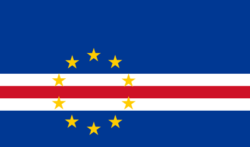
| Population (World Bank – 2019) | Portuguese language status | Majority’s mother tongue |
| 0.55 m | Official | No |
The Portuguese language was brought to Cape Verde by Portuguese settlers in the fifteenth century.
Despite the fact that it’s the country’s official language, the use of Portuguese is limited to the political and administration sectors, the press, and schools.
Crioulo, a Portuguese-based Creole language, is the most widely spoken language in Cape Verde. Local activist movements have been demanding co-official status for Crioulo.
East Timor
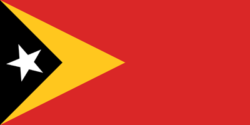
| Population (World Bank – 2019) | Portuguese language status | Majority’s mother tongue |
| 1.3m | Co-official | No |
There are two official languages in East Timor: Portuguese and Tetum. The Portuguese language is mostly limited to the financial and administrative sectors.
Estimates indicate that around 70% of the population speaks Portuguese as a second language, especially people living in urban areas. However, only a smaller percentage would use Portuguese in daily life.
Tetum–Prasa is by far the most widely spoken tongue: 30.6% of the population has it as their first language. Other indigenous dialects are Mambai, Makasai, Tetum-Terik, and Baikenu.
Equatorial Guinea
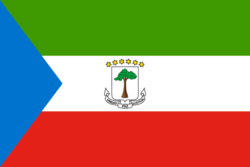
| Population (World Bank – 2019) | Portuguese language status | Majority’s mother tongue |
| 1.36 m | Co-official | No |
The Portuguese language was, in addition to French and Spanish, adopted as an official language by Equatorial Guinea in 2010.
Guineas’ government justified this move as an attempt to improve the country’s bilateral relations with other Portuguese-speaking countries, honoring, at the same time, its historical ties with Brazil, Cape Verde, and S. Tomé e Príncipe.
It has been used as a liturgical language among the Catholic community, but, apart from that, Portuguese has little or no expression in the country when compared to Spanish.
Guinea-Bissau
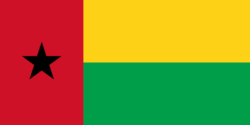
| Population (World Bank – 2019) | Portuguese language status | Majority’s mother tongue |
| 1.92 m | Official | No |
Portuguese settlers and traders arrived in this African region in the first half of the fifteenth century.
Although it is the sole official language of present Guinea-Bissau, Portuguese is limited to the intellectual and political elites of the country.
Only a tiny minority, under 3%, speaks Portuguese natively. As a second language, though, Portuguese is spoken by one-third of the population.
Crioulo, on the other hand, is the national language and is used widely by the population in daily life.
Mozambique

| Population (World Bank – 2019) | Portuguese language status | Majority’s mother tongue |
| 30.4 m | Official | No |
The Portuguese arrived in Mozambique after Vasco da Gama and his fleet had rounded the Cape of Good Hope into the Indian Ocean in 1948.
Although Portuguese is the only official language of Mozambique, it is mostly spoken as a lingua franca by the population.
Those who speak Portuguese as a first language are a small minority that lives either in Maputo or a few other urban areas.
The majority of Mozambicans speak Bantu languages: Makua, Lomwe, Tsonga, Sena, and Shone are among the most widespread.
Portugal
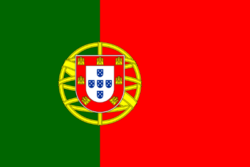
| Population (World Bank – 2019) | Portuguese language status | Majority’s mother tongue |
| 10.3 m | Official | Yes |
Portuguese is the official language of Portugal where it originated, and it is spoken natively by virtually the whole population.
Mirandese, part of the Astur-Leonese group of languages, is also recognized as a regional language in some municipalities of North-Eastern Portugal.
S. Tomé e Príncipe
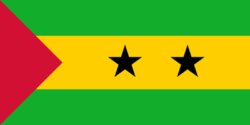
| Population (World Bank – 2019) | Portuguese language status | Majority’s mother tongue |
| 0.22 m | Official | Yes |
The islands of São Tomé e Príncipe were uninhabited when the Portuguese explorers first arrived there in 1470. In addition to the Portuguese settlers, African slaves were brought in to work on sugar plantations.
Portuguese is both the official and national language of São Tomé e Príncipe – virtually all islanders speak Portuguese in daily life.
Also, there are a few Portuguese-based creoles that are spoken, namely, São Tomense which has by far the largest number of speakers.
Portuguese-speaking communities around the world
Beyond those countries where Portuguese is an official language, there are several other places scattered around the world where the language is spoken in daily life.
Portugal’s maritime and colonial expansion of the past left a legacy of Portuguese-speaking communities that have survived until the present day.
These communities can be found in places such as the city of Malacca in Western Malaysia, Goa in Western India, and Macau in Southeast China.
Also, throughout the nineteenth and twentieth centuries, there have been waves of Portuguese emigration to either European countries or the Americas.
These emigrants were trying to escape poverty, political instability, and the twentieth century’s longest dictatorship in Europe.
Likewise, in Brazil, there has been massive emigration during the second half of the last century. Brazilian people, like the Portuguese, emigrated to escape widespread poverty as well as political unrest.
As a result, the Portuguese language is, nowadays, spoken by large communities, either of Portuguese or Brazilian descent, all around the globe:
| Country | Pop. of Portuguese descent (millions) | Pop. of Brazilian descent (millions) |
| North America | ||
| USA | 1,47 m | 1,32 m |
| Canada | 0,43 m | 0,04 m |
| South America | ||
| Venezuela | 0,30 m | – |
| Paraguay | – | 0,33 m |
| Europe | ||
| France | 1,72 m | 0,11 m |
| Luxembourg | 0,12 m (16% of total pop.) | – |
| Switzerland | 0,34 m | 0,08 m |
| UK | 0,26 m | 0,12 m |
| Germany | 0,17 m | 0,11 m |
| Spain | 0,09 m | 0,13 m |
| Africa | ||
| South Africa | 0,30 m | – |
| Asia | ||
| Japan | – | 0,17 m |
| Macau | 0,15 m | – |
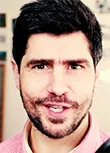
Olá! I'm Pedro and I'm your Portuguese teacher.
Ready to unlock the beauty of European Portuguese? Portuguesepedia is your key! This all-in-one platform provides a wealth of learning resources, from bite-sized video lessons to immersive idiomatic dips. Perfect your pronunciation and aural comprehension with listening drills and solidify your grammar with in-depth articles. Start your Portuguese journey today!
Share this article
Get my guide "Key Strategies to Learn Portuguese" for FREE.
